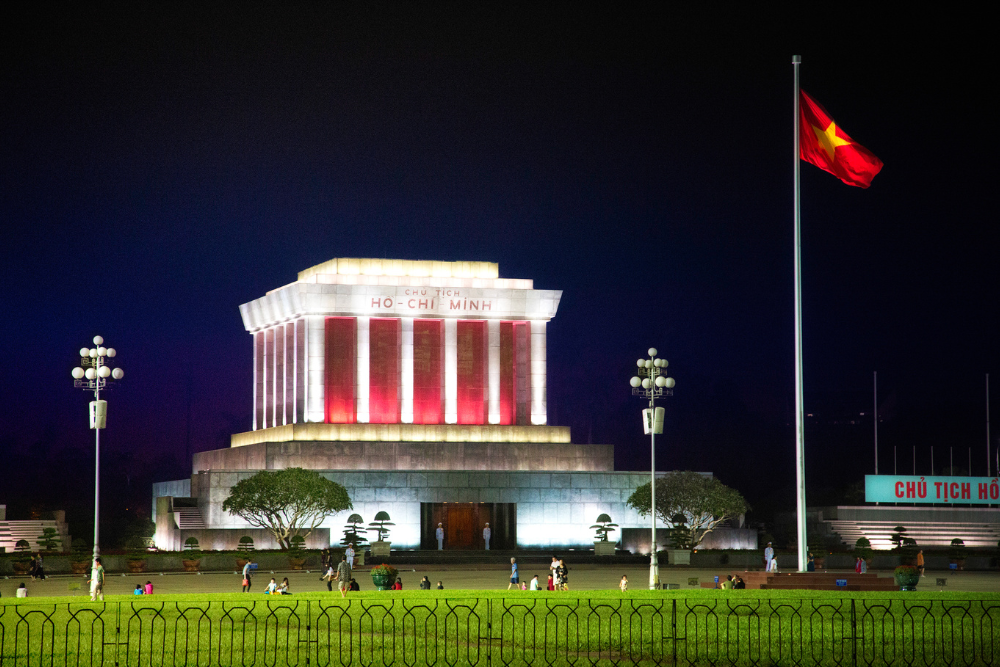Ho Chi Minh City (formerly Saigon) is Vietnam’s largest city and a vibrant hub of culture, history, and modernity. For solo travelers, the city offers a blend of colonial architecture, ancient temples, and poignant reminders of the country’s war history. Whether you’re wandering the bustling streets or visiting important landmarks, Ho Chi Minh City’s historical sites provide an enriching experience, allowing you to delve into the past while enjoying the energetic atmosphere of the present.
If you’re traveling solo, Ho Chi Minh City is incredibly welcoming, with plenty of opportunities to explore its fascinating history at your own pace. From the French colonial-era buildings to museums showcasing Vietnam’s turbulent 20th century, here’s how to enjoy Ho Chi Minh City’s historical sites and landmarks during your solo adventure.
1. Reunification Palace (Independence Palace)
Why Visit: The Reunification Palace is one of Ho Chi Minh City’s most iconic landmarks, and it holds significant historical importance. The palace was the former home and workplace of the President of South Vietnam and is known for being the site of the fall of Saigon on April 30, 1975, when North Vietnamese tanks stormed the gates, marking the end of the Vietnam War.
Solo Traveler Tip: Explore the palace at your own pace, as the rooms are preserved in their original 1960s style. Take time to read the informative signs that detail the history of the palace and its role in Vietnam’s past. Don’t miss the underground bunkers, where military operations were conducted during the war.
Activities:
- Take a self-guided tour through the grand rooms, war rooms, and gardens.
- Visit the rooftop for panoramic views of the city.
- Enjoy the peaceful garden and reflect on the city’s turbulent history.
2. War Remnants Museum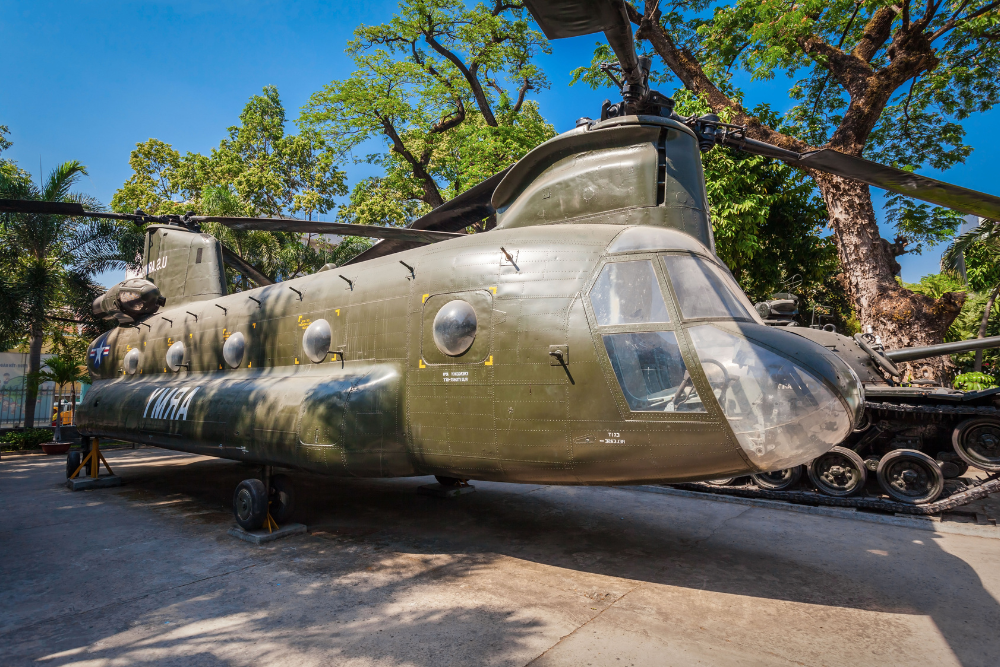
Why Visit: The War Remnants Museum offers a sobering and informative look at the Vietnam War. This museum is an essential stop for any solo traveler interested in understanding the complexities of Vietnam’s modern history. Through photographs, military equipment, and personal stories, the museum explores the devastating effects of war on the country and its people.
Solo Traveler Tip: The museum can be an emotional experience, so take your time to read the exhibits and reflect. It’s a place to gain a deeper understanding of Vietnam’s history and the resilience of its people. Be sure to check out the outdoor displays, including military tanks, aircraft, and artillery.
Activities:
- Walk through the extensive collection of exhibits covering both the American and Vietnamese perspectives of the war.
- Visit the “Requiem” exhibition, a powerful collection of photographs taken by war correspondents who lost their lives during the conflict.
- Take time to reflect in the Peace Park located outside the museum.
3. Notre-Dame Cathedral Basilica of Saigon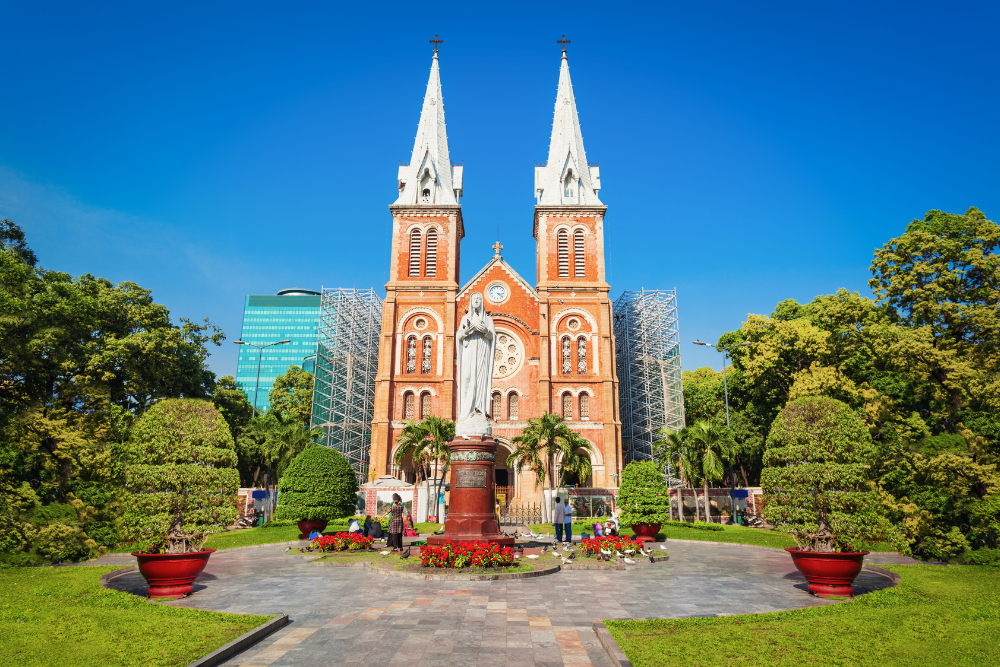
Why Visit: The Notre-Dame Cathedral Basilica of Saigon, located in the heart of the city, is a stunning example of French colonial architecture. Built between 1877 and 1883, this cathedral features beautiful stained glass windows, a red brick facade, and two towering spires that dominate the city skyline.
Solo Traveler Tip: Visit early in the morning or late in the afternoon to avoid the crowds. You can attend mass if you wish, or simply appreciate the serene atmosphere of this architectural gem. The cathedral is surrounded by a lovely park, making it a great spot for a peaceful solo moment.
Activities:
- Take in the architecture and snap photos of the beautiful exterior.
- Step inside to admire the stained-glass windows and ornate altar.
- Relax in the surrounding park and people-watch.
4. Saigon Central Post Office
Why Visit: Just a short walk from the Notre-Dame Cathedral, the Saigon Central Post Office is another fine example of French colonial design. Completed in 1891, it boasts an elegant, ornate interior with large arched windows, a soaring ceiling, and intricate murals depicting scenes of Saigon’s past.
Solo Traveler Tip: While it’s a functional post office, the building itself is a fascinating historical site. You can browse the small souvenirs and postcards inside, or take a moment to admire the architecture and the vintage style that takes you back in time.
Activities:
- Admire the colonial-era architecture, from the exterior to the beautiful interior.
- Take a photo with the large map of Vietnam that’s on the wall.
- Send a postcard to a friend or family member to share a piece of your journey.
5. Cholon (Chinatown) and Binh Tay Market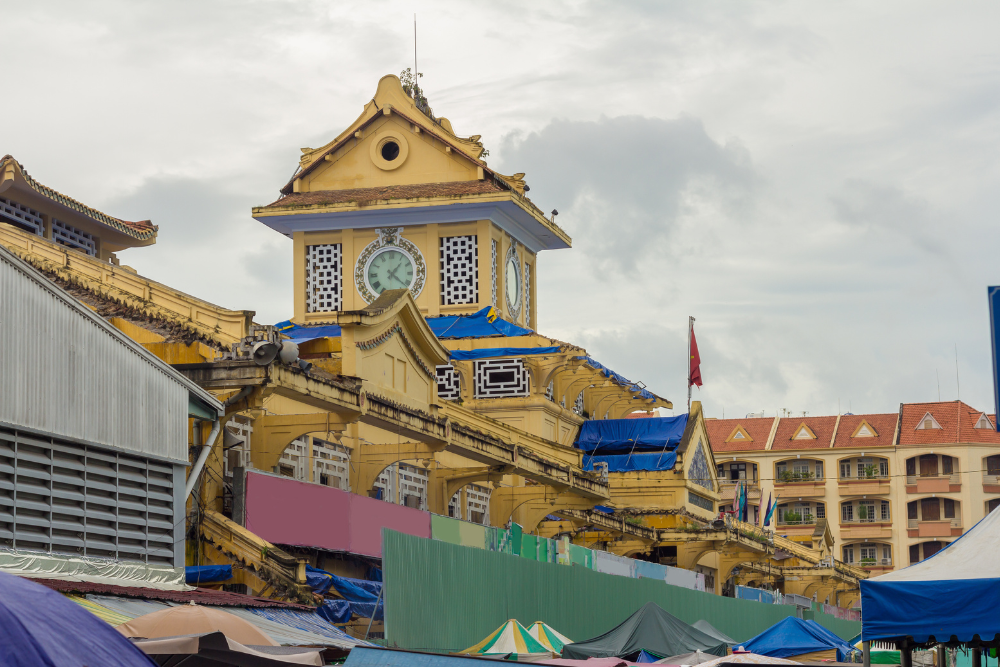
Why Visit: Cholon, Ho Chi Minh City’s Chinatown, is a fascinating blend of old and new. This district is home to traditional Chinese temples, bustling markets, and vibrant street life. It provides a glimpse into the city’s multicultural heritage and is an excellent place to wander around solo.
Solo Traveler Tip: Cholon is best explored on foot, so take your time and wander through its narrow streets. The Binh Tay Market is the focal point of the area, offering everything from fresh produce to intricate trinkets. It’s an ideal place to immerse yourself in the local culture.
Activities:
- Visit the colorful and aromatic Binh Tay Market to experience the sights and sounds of local life.
- Explore Chinese temples like the Chùa Bà Chứ Xứ (Lady of the Sea Temple) and the Chùa Ôn Lăng (Old Pagoda).
- Stop for a cup of tea or a snack at one of the traditional tea houses.
6. Cu Chi Tunnels (Day Trip from Ho Chi Minh City)
Why Visit: The Cu Chi Tunnels are an extensive underground network of tunnels used by the Viet Cong during the Vietnam War. Located just outside of Ho Chi Minh City, these tunnels were used for hiding, storing supplies, and launching attacks. A visit to Cu Chi provides an in-depth look at the resilience and ingenuity of the Vietnamese people during the war.
Solo Traveler Tip: Take a guided tour to learn about the history of the tunnels, their strategic importance, and the difficult conditions faced by those who lived and fought in them. Be prepared to crawl through narrow sections of the tunnels to truly experience what life was like underground.
Activities:
- Crawl through sections of the tunnels to get a firsthand experience of what life was like for the Viet Cong.
- Explore the outdoor exhibits showcasing traps, weapons, and the remnants of the war.
- Reflect on the resilience and resourcefulness of those who fought in the war.
7. Jade Emperor Pagoda (Chùa Ngọc Hoàng)
Why Visit: The Jade Emperor Pagoda is one of Ho Chi Minh City’s most famous temples, known for its intricate architecture, beautiful carvings, and serene atmosphere. Built in 1909, the temple is dedicated to the Jade Emperor, the supreme Taoist god, and houses a stunning collection of statues and incense offerings.
Solo Traveler Tip: Visit the temple during off-peak hours to avoid large crowds and enjoy some quiet moments of reflection. The vibrant colors and the scent of incense create a peaceful ambiance, making it an ideal spot for solo travelers seeking tranquility.
Activities:
- Admire the intricate carvings, statues, and artwork inside the temple.
- Light incense and make a wish at the altar.
- Take in the peaceful atmosphere of the surrounding gardens.
8. Ben Thanh Market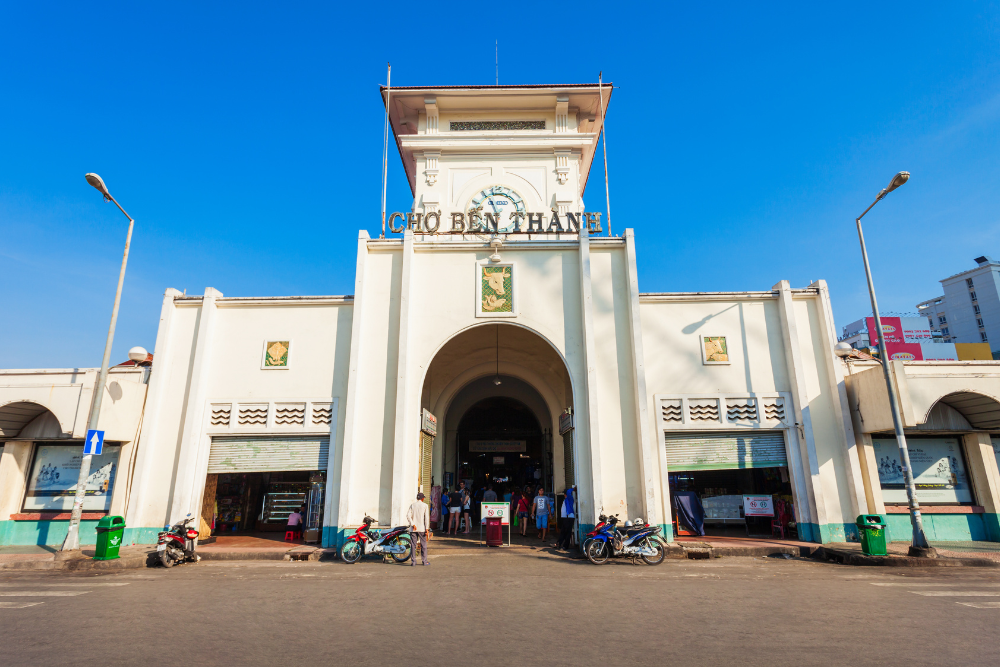
Why Visit: Ben Thanh Market is one of the most famous markets in Ho Chi Minh City, offering everything from fresh produce and spices to souvenirs and local handicrafts. It’s a great place to immerse yourself in local culture while exploring the city’s vibrant atmosphere.
Solo Traveler Tip: Don’t rush through the market. Take your time to explore the different stalls, practice your bargaining skills, and try some local delicacies. The market is also a great place to pick up souvenirs for friends and family.
Activities:
- Browse through the colorful market stalls and try some street food, such as pho or bánh mì.
- Bargain for unique handicrafts, fabrics, and local goods.
- Enjoy a cup of Vietnamese coffee at one of the market’s cafes.
Conclusion: Ho Chi Minh City’s Rich History Awaits Solo Travelers
Ho Chi Minh City is a dynamic and exciting destination that seamlessly blends history, culture, and modernity. As a solo traveler, the city offers a wealth of historical landmarks and sites to explore, each providing a unique insight into Vietnam’s past. Whether you’re wandering through the Reunification Palace, reflecting at the War Remnants Museum, or soaking in the tranquility of the Jade Emperor Pagoda, Ho Chi Minh City’s historical sites offer plenty of opportunities for self-reflection, discovery, and adventure. So, take your time, explore at your own pace, and let the city’s fascinating history unfold before you.



